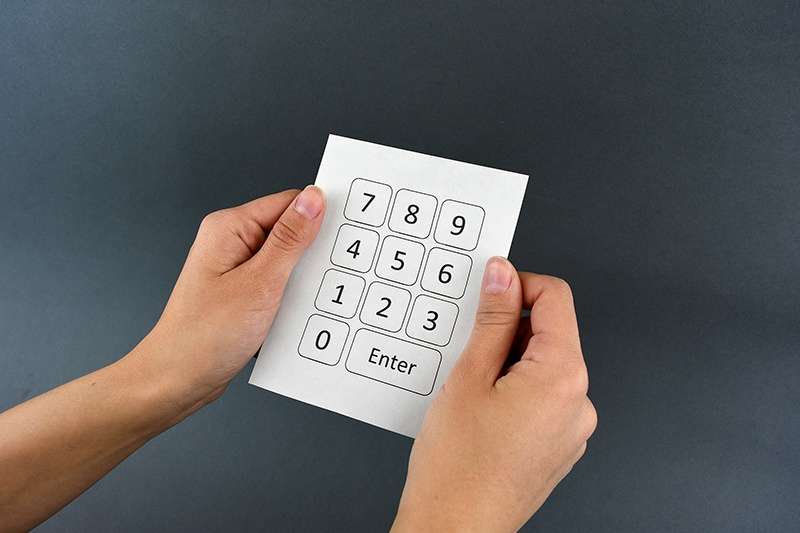Send a Birthday Greeting to the Oldest Living World War II Vet in the U.S. as He Turns 111
On September 12, Lawrence Brooks—the oldest living World War II veteran in the USA—will turn 111. Celebrate his birthday and send him a card.

Innovators at an Indiana university hope their new technology can help transform paper sheets from a notebook into a music player interface and make food packaging interactive.
Purdue engineers developed a simple printing process that renders any paper or cardboard packaging into a keyboard, keypad, or other easy-to-use human-machine interfaces.
"This is the first time a self-powered paper-based electronic device is demonstrated," said Ramses Martinez, an assistant professor in Purdue's School of Industrial Engineering and in the Weldon School of Biomedical Engineering in Purdue's College of Engineering.
"We developed a method to render paper repellent to water, oil, and dust by coating it with highly fluorinated molecules.
This omniphobic coating allows us to print multiple layers of circuits onto paper without getting the ink to smear from one layer to the next one."
Purdue engineers developed a simple printing process that renders any paper or cardboard packaging into a keyboard, keypad, or other easy-to-use human-machine interfaces.
"This is the first time a self-powered paper-based electronic device is demonstrated," said Ramses Martinez, an assistant professor in Purdue's School of Industrial Engineering and in the Weldon School of Biomedical Engineering in Purdue's College of Engineering.
"We developed a method to render paper repellent to water, oil, and dust by coating it with highly fluorinated molecules.
This omniphobic coating allows us to print multiple layers of circuits onto paper without getting the ink to smear from one layer to the next one."
Martinez said this innovation facilitates the fabrication of vertical pressure sensors that do not require any external battery, since they harvest the energy from their contact with the user.
This technology is compatible with conventional large-scale printing processes and could easily be implemented to rapidly convert conventional cardboard packaging or paper into smart packaging or a smart human-machine interface.
"I envision this technology to facilitate the user interaction with food packaging, to verify if the food is safe to be consumed, or enabling users to sign the package that arrives at home by dragging their finger over the box to properly identify themselves as the owner of the package," Martinez said.
"Additionally, our group demonstrated that simple paper sheets from a notebook can be transformed into music player interfaces for users to choose songs, play them and change their volume."
(WATCH the technology in action below…)
PASS The Innovation On And Share With Your Friends On Social Media…
Be the first to comment